Photo series: More than 140 years of Danish-German border history have been scanned and digitised. The Swiss company Supag saw to the practical work, which entailed manually scanning each page.

All 400,000 pages of Flensborg Avis' historical archives were shipped to Switzerland earlier this year, where they were scanned and digitised one by one, so that from 2014, students, library visitors, historians and the newspaper's readers will be able to search the archives on computers, smartphones and tablets.
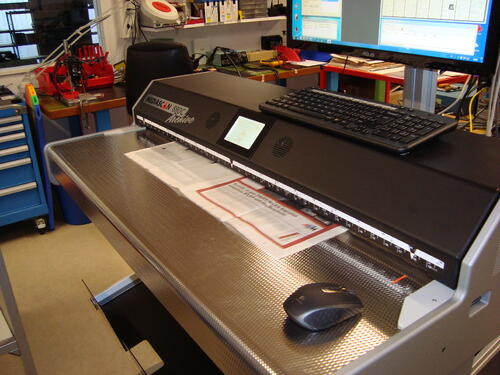
The paper is smoothed out by rollers and made completely flat. The scanning is performed manually, one page at a time, using scanners specially developed for the task. Supag has developed its own media scanners, which it also sells to other companies and institutions. The National Library of Sweden, located in Stockholm, is currently underway with a larger digitisation project and recently purchased three such scanners from Supag.
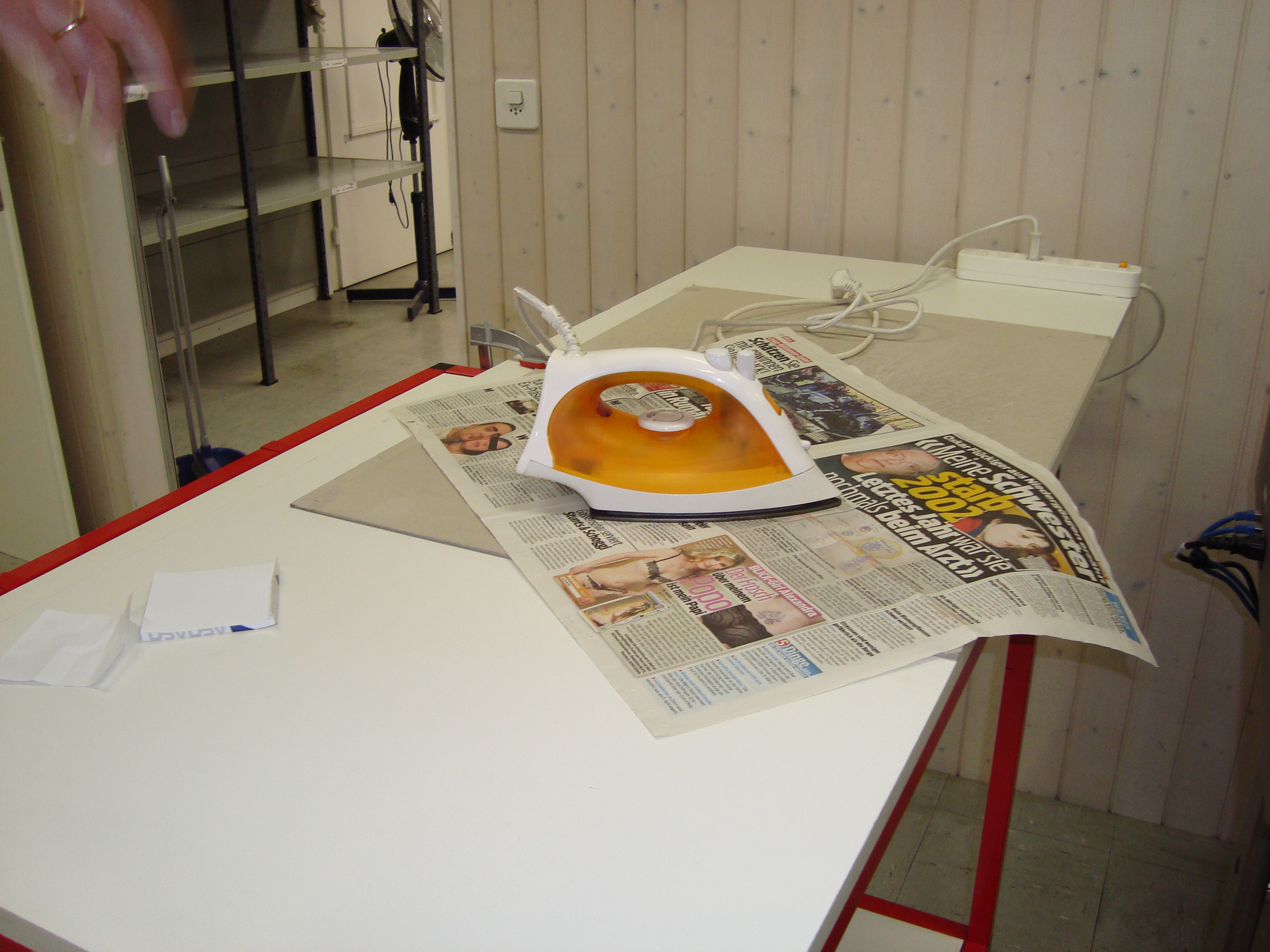
All tricks of the trade come into play. Creases are smoothed out, and an iron is used to stiffen the paper before it is run through the scanner. A vacuum cleaner is even used to remove decades of old dust and grime to protect the scanner.
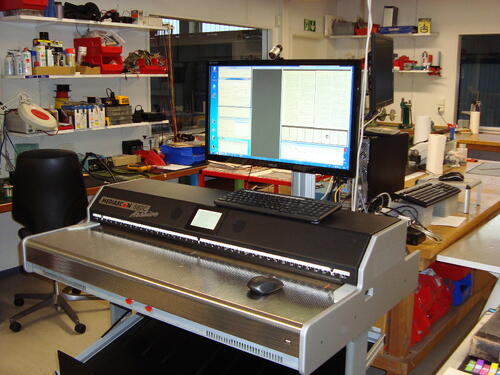
For each scan, the operator records the date, year and page number, as well as whether the printed page is the left or right-hand side of the original issue. The scanned page is then visually inspected for quality on the screen. If it fails to meet the set requirements, it is run through the scanner once again to prevent the need for future scanning.
When the scanning is complete, the digital pages are run through an OCR programme, which makes the articles digitally searchable. In lay terms, each word in the more than 400,000 pages of print are made recognisable, so that users can find the relevant articles using their digital devices.
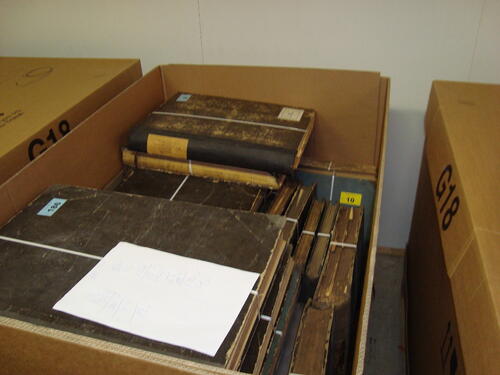
When the scanning work is complete, the printed newspapers are grouped by page, issue and volume and then packed away. It has been necessary to separate the pages in order to achieve optimal scanning quality, but it is still possible to rebind the newspapers to maintain a paper archive.
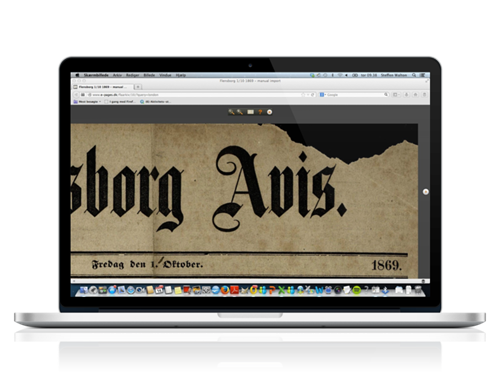
The many newspapers were made available for instance by The Schleswig Collection and other institutions. The collection's manager, Jan P. Jessen, is already looking forward to being able to offer users a searchable digital newspaper archive.
"Digitisation will be a great advantage to users: they will no longer have to fuss with the unpopular microfilm rolls or book-bound annual volumes. The most obvious advantage, though, is the ability to search by keyword or topic, because it is impossible to know whether exactly what you are looking for is in a given newspaper or bound volume," Jessen says.
See a provisional demo version of Flensborg Avis' digital archives



